11 Best Vegetables To Grow In Oregon (With Pictures)
-

- Last updated:
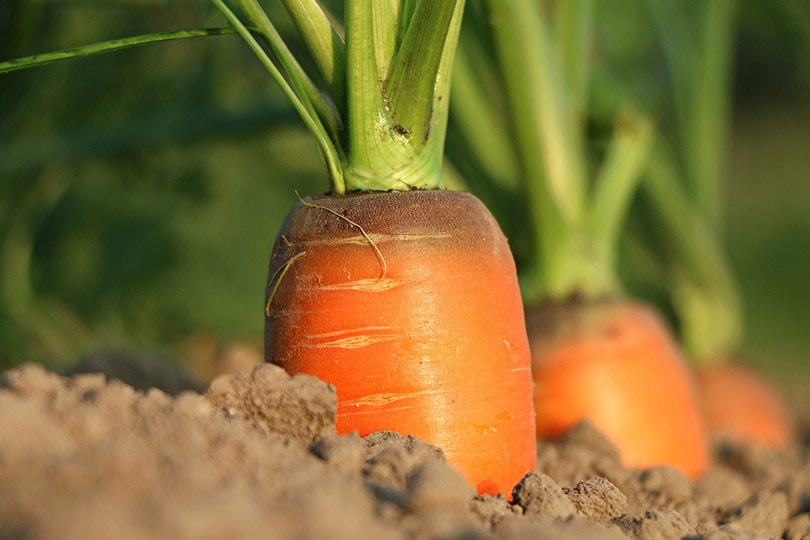
Vegetable gardens continue to grow in popularity, and people all over the world have started gardening in their spare time. Vegetable gardens are particularly popular as they produce edible food that can bolster your diet and save money on food at the grocery store. Vegetables can grow anywhere, but each area has specific environments that make some vegetables grow better than others. We have taken that into account in writing this list. If you are in Oregon and are wondering where to start with your fresh vegetable garden, stay tuned.
Here are 11 of the best vegetables to grow in Oregon.

The 11 Best Vegetables To Grow In Oregon
1. Broccoli

| Sunlight Requirements | 6 hours |
| Type | Brassica |
| Planting Season | Spring |
Broccoli is a vegetable in the brassica family that grows very well in Oregon’s climate. Broccoli is a hardy plant with a lot of health benefits that can be grown year after year with great success in the Pacific Northwest. Broccoli likes moist soil, which makes it a great choice for many parts of Oregon. Broccoli can be seeded directly into any garden with good sun and moist, fertile soil.
2. Lettuce
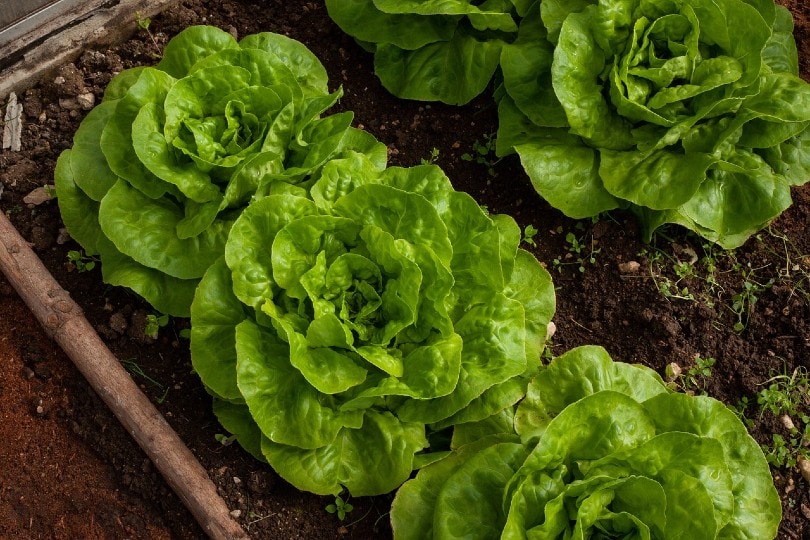
| Sunlight Requirements | 6-8 hours |
| Type | Leafy green |
| Planting Season | Spring |
Lettuce is one of the easiest vegetables to grow, and it thrives all over the United States. Lettuce is a great crop to grow in Oregon, and as long as it gets full sun, it is a low-maintenance vegetable that will do very well. Lettuce is great to keep on hand as it is perfect for salads and sides. Once the lettuce gets through the initial growth period, it will produce delicious leaves for months.
3. Cabbage

| Sunlight Requirements | 6-8 hours |
| Type | Brassica |
| Planting Season | Spring – Early Summer |
Cabbage is in the brassica family like broccoli. Like its distant cousin, cabbage grows very well in Oregon. With full sun and well-drained soil, cabbage will grow quite well in Oregon’s wetter areas. Cabbage has a variety of health benefits and contains a plethora of nutrients such as vitamin C. It makes a great compliment to any garden, especially one focusing on leafy greens and nutrient-dense vegetables.
4. Cucumbers

| Sunlight Requirements | 5-6 hours |
| Type | Vine |
| Planting Season | Spring |
Cucumbers are a plant that grows on a vine and makes for a great snack or salad adornment. Cucumbers enjoy warm days and need about an inch of water per week to be happy. In many parts of Oregon, the mild summers and ample rain make growing cucumbers easy. They do not need any special irrigation or attention if planted in the proper zone and get the required amount of rain. For certain parts of Oregon, that means that cucumbers can be an easy and plentiful vegetable to grow in almost any garden.
5. Green Beans

| Sunlight Requirements | 6-8 hours |
| Type | Common bean |
| Planting Season | Spring |
Green beans are, unsurprisingly, part of the common bean family, and they grow very well across Oregon. They prefer full sun and need at least 6 hours of direct sunlight per day in order to thrive. Green beans need well-drained soil and will be ready to harvest about three weeks after the plant flowers. A flowering plant lets you know it is healthy and producing. Green beans produce plentiful amounts of edible vegetables when grown properly, making them a popular choice for gardeners looking to produce noticeable amounts of food.
6. Carrots

| Sunlight Requirements | 6-8 hours |
| Type | Root |
| Planting Season | Spring |
Carrots grow very well in Oregon’s soil. They need loose well-draining soil to thrive as well as 8 good hours of sun during the growing season. Oregon provides all of the conditions for gardeners to tap into. That makes carrots a great choice for any food-centric garden. The key to growing good carrots is to keep them drained and spaced properly. Carrots are well-liked and have a lot of nutrients in them that are beneficial to people’s health.
7. Kale
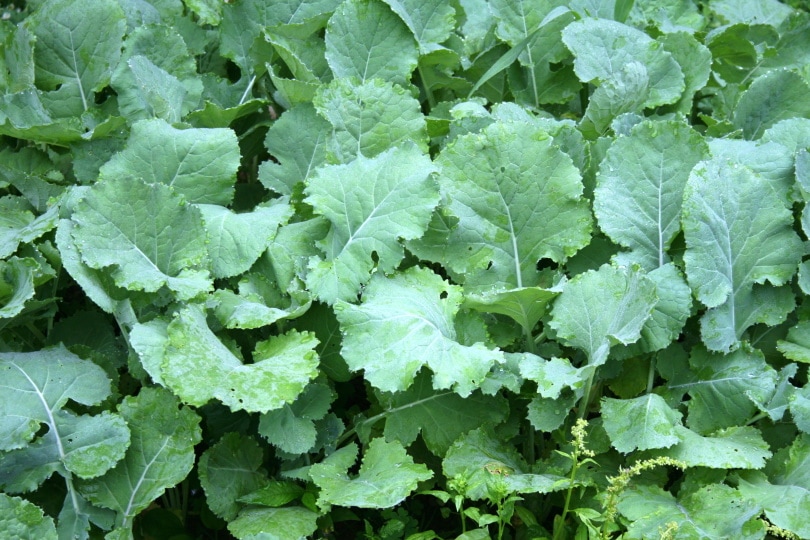
| Sunlight Requirements | 4-6 hours |
| Type | Leafy green |
| Planting Season | Spring |
Kale is a wildly popular leafy green known for its health benefits and as an additive to healthy smoothies. Kale is easy to grow and thrives in Oregon. It makes a great compliment to lettuce and cabbage in a garden. Kale does not need full sun, though it will grow fine in direct sunlight. Kale can grow in partial shade and will continue to grow with as little as four hours of sun per day. Note that kale grown in the shade won’t grow as well as kale grown in the sun but its adaptability makes it a versatile choice for any garden.
8. Peas
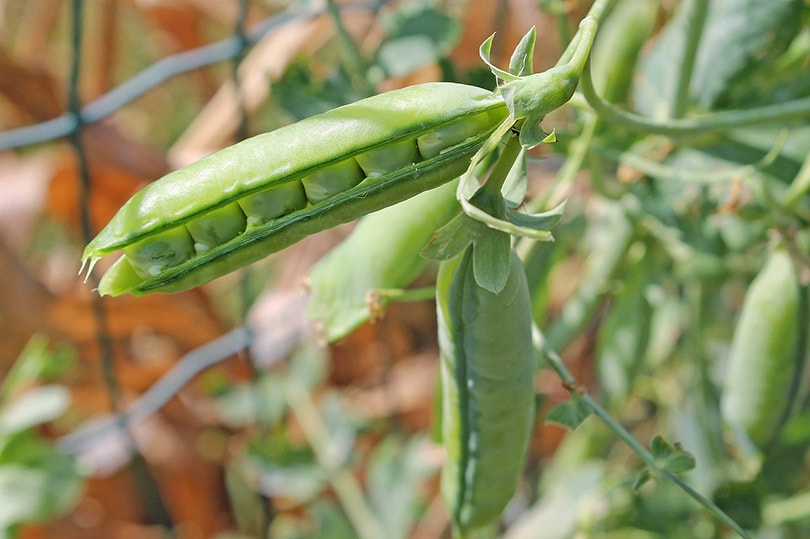
| Sunlight Requirements | 6-8 hours |
| Type | Pisum |
| Planting Season | Spring |
Scientifically, peas are technically classified as a fruit because of the way that the plant germinates and reproduces. For food purposes, peas are considered a vegetable. Peas are one of the oldest crops in the world, and wild peas have been eaten for thousands of years. Peas grow very well in Oregon and can be a great addition to gardens focused on peas, beans, and greens. Peas are easy to grow, easy to cook, and easy to enjoy. With direct sun and ample summer water, peas will explode in Oregon and yield great results.
9. Squash
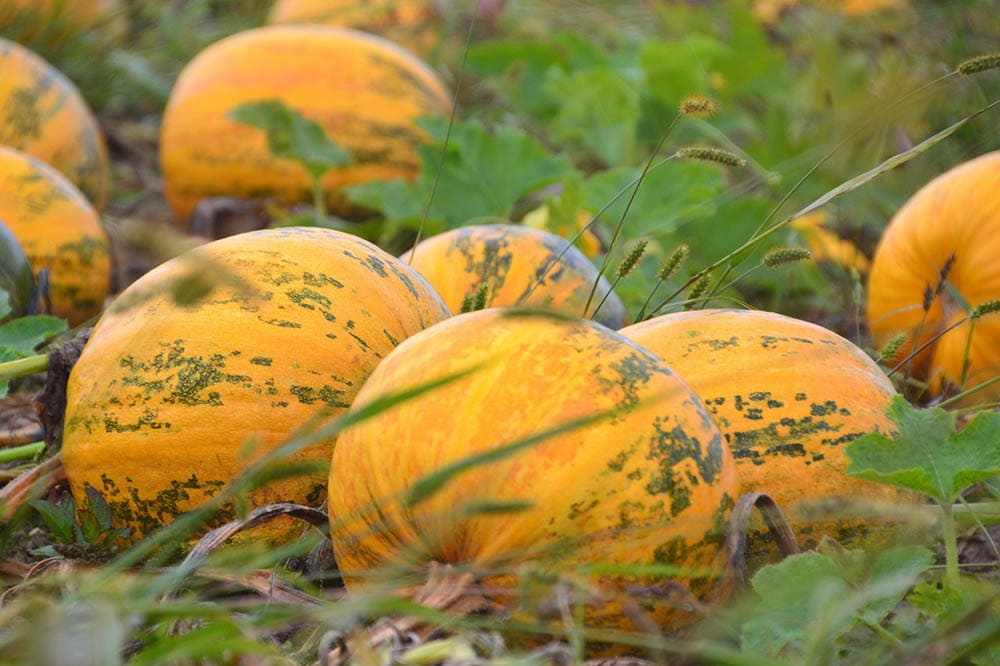
| Sunlight Requirements | 5-7 hours |
| Type | Gourd |
| Planting Season | Spring |
Squash is planted at the tail end of winter after any risk of frost or freezing has passed. Squash thrives in the warm summer months and will grow until harvest in the fall. Oregon provides ample environments for producing large and healthy squash. Squash takes many months to mature and grow properly but the end result can be a large bounty of delicious vegetables ready to be eaten around Thanksgiving time.
10. Radishes
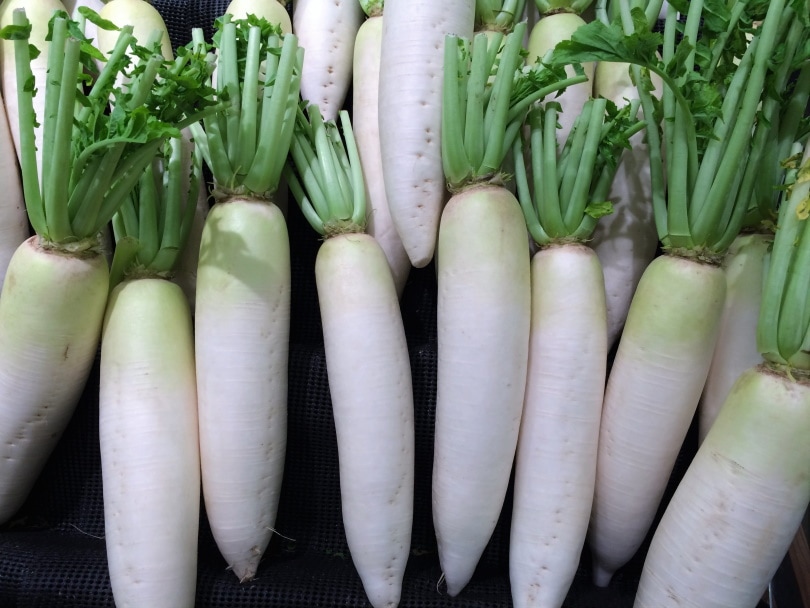
| Sunlight Requirements | 6 hours |
| Type | Root |
| Planting Season | Spring |
Radishes are not the most popular vegetable around, but they thrive in Oregon. Radishes can grow across the state and even likes the drier parts of Western Oregon. Be sure to space your radishes properly. Radishes are root vegetables and need ample room under the soil to grow to size. If you crowd them during planting, it will stunt their growth. If you are starting a root veggie garden, radishes are a great bet in Oregon.
11. Tomatoes
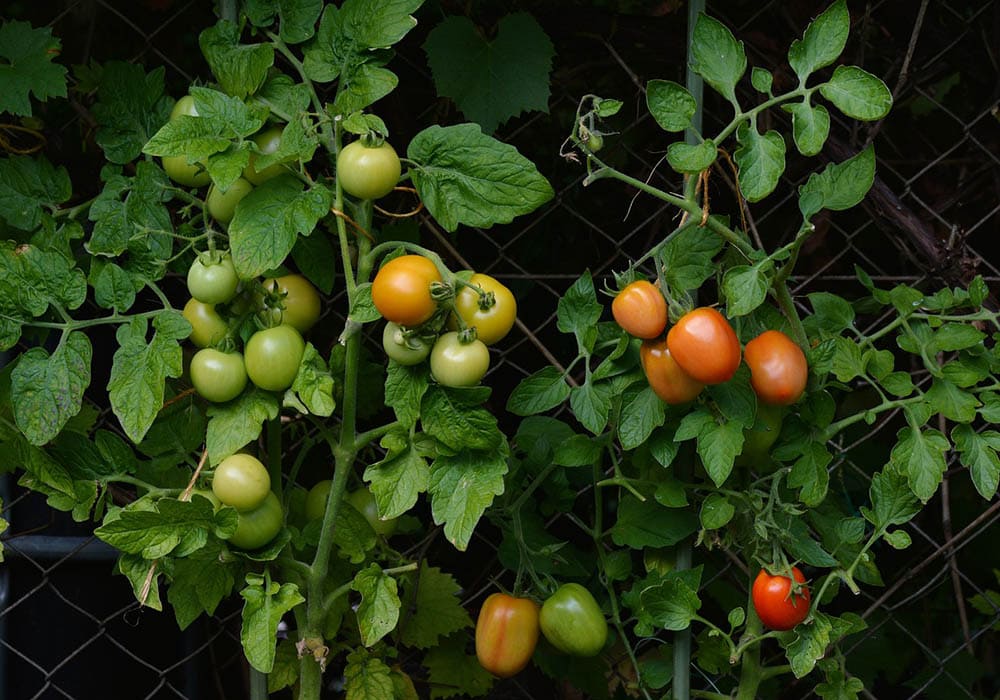
| Sunlight Requirements | 8 hours |
| Type | Vine |
| Planting Season | Spring – Summer |
Tomatoes are sun-worshipping vegetables. They love hot days, and they love the summer. Tomatoes do all of their best growth in the warmest months of the year and demand full sun to thrive. Oregon’s long days and warm summers are perfect for growing fat red tomatoes. However, you have to pay attention to your tomato crops. They are prone to disease and attack by hungry insects. If you can manage the risks, Oregon will produce some beautiful tomatoes.
Related Read: 17 Best Flowers to Grow in Georgia (With Pictures)
Remember To Check Your Local Growing Zones
Oregon is a large state with a fairly diverse environment. The western coastal regions are much wetter and more temperate than the eastern areas of the state. Oregon features mountains, dense forests, plains, and coastlines. Not everything will grow exactly the same in Oregon, depending on what part of the state you live in. Check the local growing maps for more exact information about specific veggies.
A garden on the coast might have a different growing season than a garden on the far eastern border. A gardener who gets huge tomatoes in the mountains might not be able to reproduce his results at sea level. Knowing the climate for your exact area is critical to growing healthy vegetable plants.
What Is Oregon’s Growing Season?
The average start of the growing season in Oregon is April 3rd. That is generally the date at which crop-killing frost and freezing stop occurring. The growing season runs through November 15th and totals 226 days on average. That is plenty of time to get a healthy crop of vegetables going.
When planting in the spring, be sure to keep an eye on the weather. Any frost or freeze has the ability to completely wipe out a young vegetable crop before it gets off the ground. Young plants need to be covered and kept warm in the event of a late-season frost. It is impossible to accurately predict when the last frost of the season will be, but the suggested start date of April 3rd gives you the best chance at avoiding the frost.

Conclusion
All of these vegetables will grow well in Oregon and will yield ample amounts of delicious produce. While there are other veggies that can grow in Oregon, these are the vegetables that are most likely to thrive and produce. More resources can be found at your local extension office for niche climates or specific struggles. A garden with these eleven veggies is guaranteed to be amazing nearly anywhere in Oregon.
Featured Image Credit: klimkin, Pixabay
Contents
